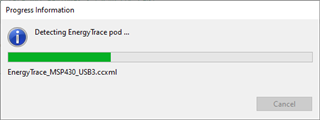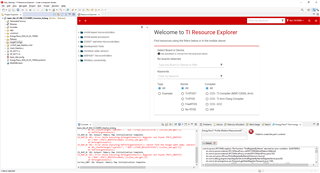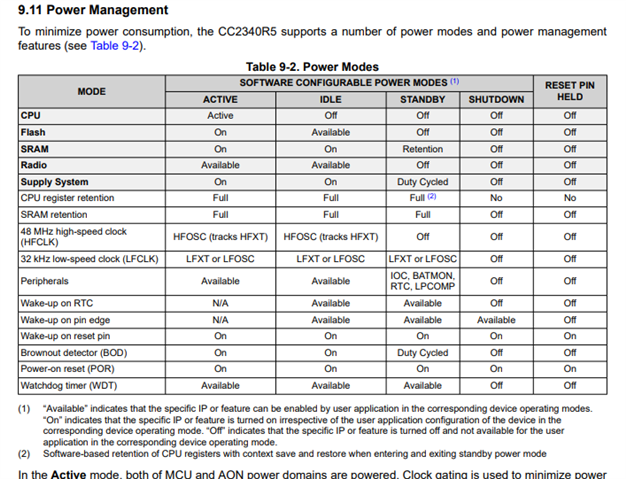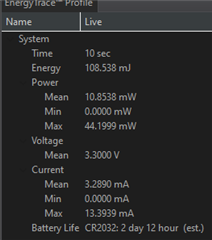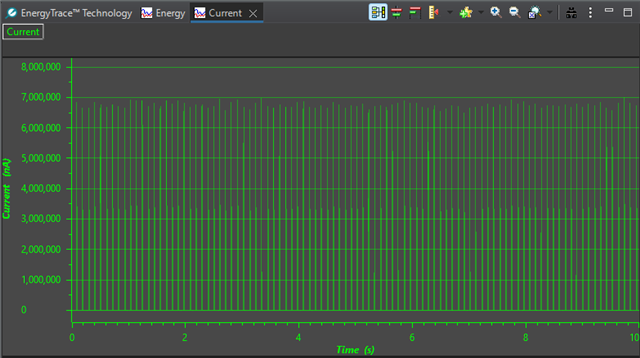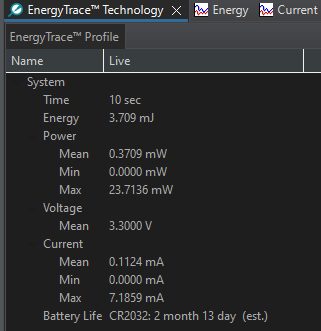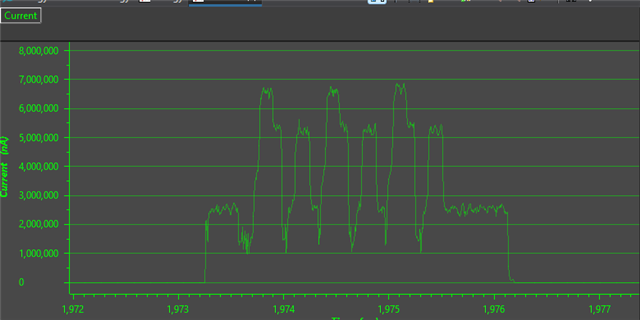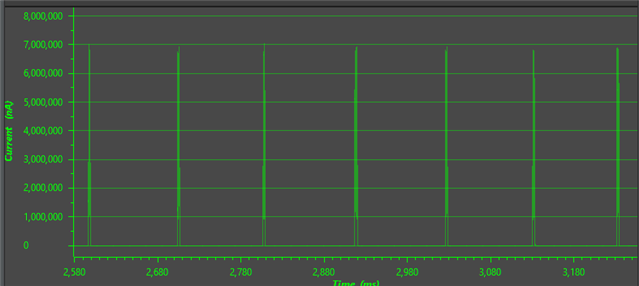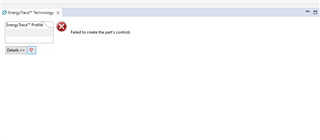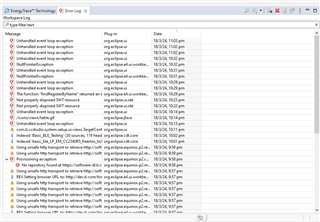Other Parts Discussed in Thread: ENERGYTRACE, , SYSCONFIG, CCSTUDIO
Hello Team,
I am new to TI interface and MCU family. I am developing some application using cc2340r5 MCU. Overall details are attached below.
CCS: 12.4.0.00007
Freertos TIclang
simplelink_lowpower_f3_sdk_7_40_00_64
Code Example Link
Custom build Hardware (it is working condition since I tested led blink and basic ble code)
using XDS110 Debug for programing
I use a Basic BLE code example and want to add a low-power mode. So basically my requirement is when MCU is not transmitting any data for connection it needs to be in as deep sleep as possible and when time comes it wakes up and sends the connection data and goes back to sleep.
So the basic idea is BLE send beacon data and wait for the mobile app to establish the connection. If the connection is not established it will stay in low-power mode and if the connection is established it will be in active mode.
Need help to understand where and what I have to add in code to make it possible. tried to search code examples and other references but had no success.
Also, I tried to run an energy trace to see the power number but it is not working.
Thanks
Bhavik


